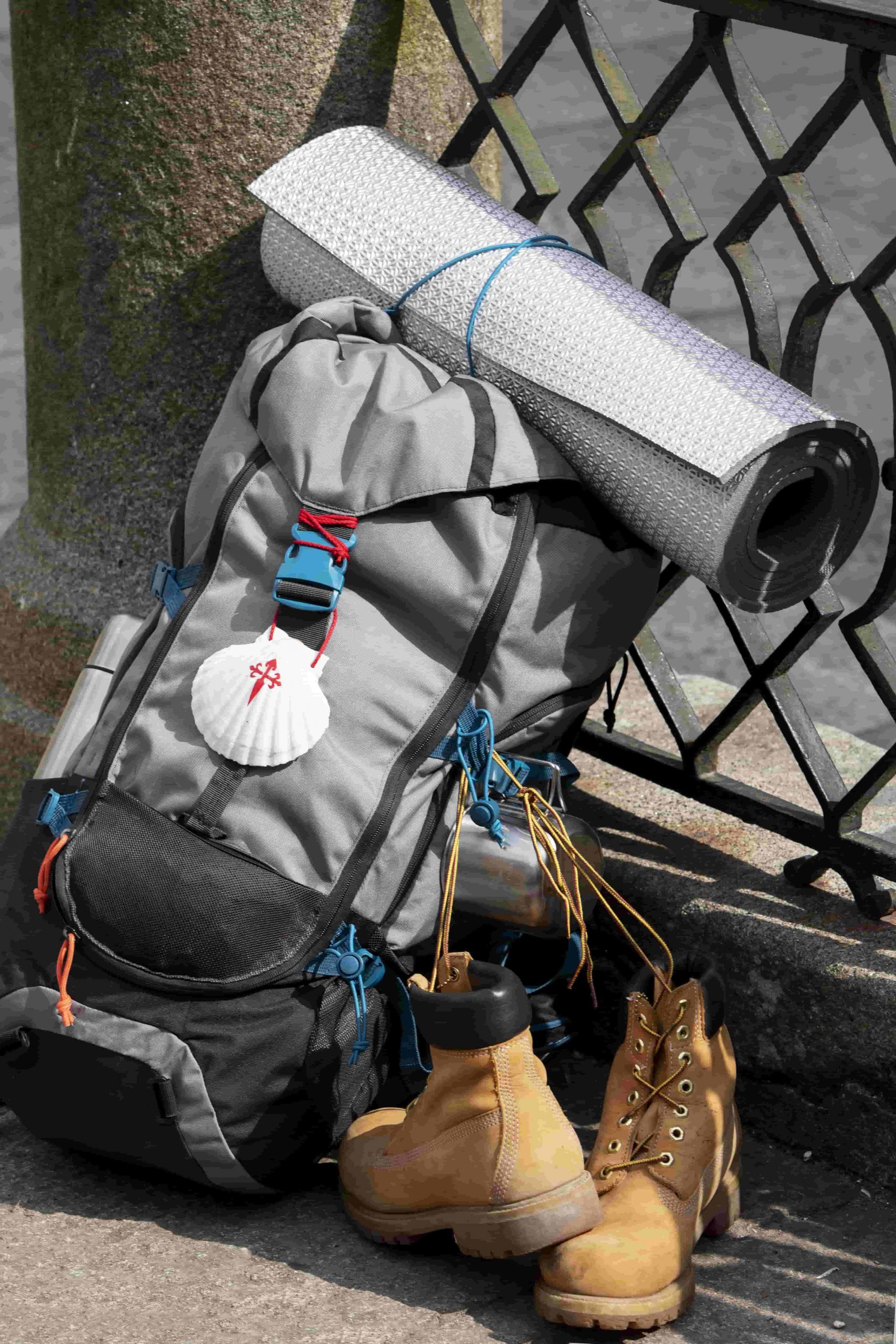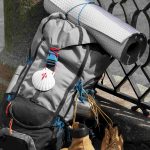
Venturing into the great outdoors is an exhilarating experience. Whether you’re a seasoned hiker or an enthusiastic survivalist, one truth remains constant—being prepared is key. The wilderness, while breathtaking, can be unpredictable. This guide will help you ensure that every adventure you take is equipped with the essential survival gear needed to enhance safety and enjoyment.
Introduction to Essential Survival Gear
Imagine standing on a mountain peak, surrounded by nothing but vast landscapes. The serenity is quickly shattered by a sudden change in weather, or perhaps, the realization that you’ve lost your way. Such scenarios underscore the importance of having essential survival gear at your disposal. Preparedness isn’t just about packing a few extra items; it’s about equipping yourself with tools that could mean the difference between a minor hiccup and a major ordeal. In this guide, we’ll explore the core components of survival gear, emphasizing the importance of each piece for outdoor enthusiasts.
The Basics of Survival Gear
Survival gear is more than just a collection of items—it’s your lifeline in the wild. At its core, essential survival gear includes tools and equipment that help you thrive in challenging environments. These are items designed to keep you safe, warm, hydrated, and nourished. When choosing your gear, consider factors like weight, multi-functionality, and durability. Lighter gear allows for easier travel, multifunctional tools save space, and durable items withstand harsh conditions. Additionally, there’s a psychological aspect to preparedness. Being well-equipped not only boosts physical readiness but also enhances mental resilience, knowing you’ve covered all bases for any situation.
Navigation Tools
In the wilderness, the ability to find your way is a crucial skill. Navigation tools form an integral part of your survival kit, ensuring you stay on course and reach your destination safely. Maps are invaluable for understanding the terrain and planning your route. Compasses remain reliable, even when technology fails, providing a sense of direction. GPS devices, equipped with real-time tracking, add an extra layer of security, especially in remote areas. Familiarizing yourself with these tools and knowing how to use them effectively can prevent getting lost and enhance your outdoor experience.
Shelter and Warmth
When night falls or the weather turns, having the right shelter and warmth equipment becomes paramount. Your choice of shelter should depend on the terrain and weather conditions of your destination. Lightweight tents are suitable for most environments, but a tarp or bivvy sack might suffice in milder climates. Maintaining warmth is equally critical; hypothermia poses a significant risk in the wilderness. Fire starters, such as waterproof matches and lighters, are must-haves. Additionally, layering clothing made from insulating materials like wool or fleece helps retain body heat, ensuring comfort and safety during your adventures.
Tools for Hydration and Nutrition
Water and food are fundamental to survival, yet they’re often overlooked until it’s too late. Carrying tools for water purification and storage is essential. Items like portable water filters and purifying tablets can make water from natural sources safe to drink. Collapsible water bottles are practical for easy storage and transport. When it comes to nutrition, compact and energy-dense foods such as dehydrated meals or energy bars provide sustenance without adding much weight. A portable stove or cooking system allows you to prepare hot meals, offering both nourishment and morale boost on the trail.
First Aid and Personal Safety
Accidents can happen anytime, making a first aid kit a non-negotiable item in your survival gear. Stock it with essentials like bandages, antiseptic wipes, and pain relievers. Include specific items for your medical needs, and familiarize yourself with basic first aid procedures. Personal safety items are equally vital. Signaling devices such as whistles, mirrors, or personal locator beacons can attract help in emergencies. A reliable knife for cutting, building, and protection is indispensable. Prioritizing safety means having the right tools to address health issues promptly and to communicate effectively if you’re in distress.
Personal Gear and Clothing
Your gear and clothing choices play a pivotal role in the success of your outdoor adventures. Opt for durable and functional clothing that can withstand the elements. Breathable, moisture-wicking fabrics keep you comfortable, while waterproof layers protect against rain. Essential personal gear includes headlamps for hands-free lighting during night treks and multi-tools for various tasks. A sturdy backpack is crucial for carrying all your gear efficiently. Choose one with ergonomic design and multiple compartments for better organization. Investing in quality gear enhances your experience and prepares you for whatever the wilderness throws your way.
Conclusion
The allure of the outdoors is undeniable, but with it comes the responsibility of being well-prepared. Understanding what constitutes essential survival gear, from navigation tools to personal safety items, ensures that every adventure is undertaken with confidence. By equipping yourself with the right tools and knowledge, you’re not only safeguarding your experience but also enhancing the joy of connecting with nature. Share your own survival gear insights, and don’t hesitate to seek further guidance or gear recommendations. Together, we can build a community that values preparedness and the beauty of the natural world.



